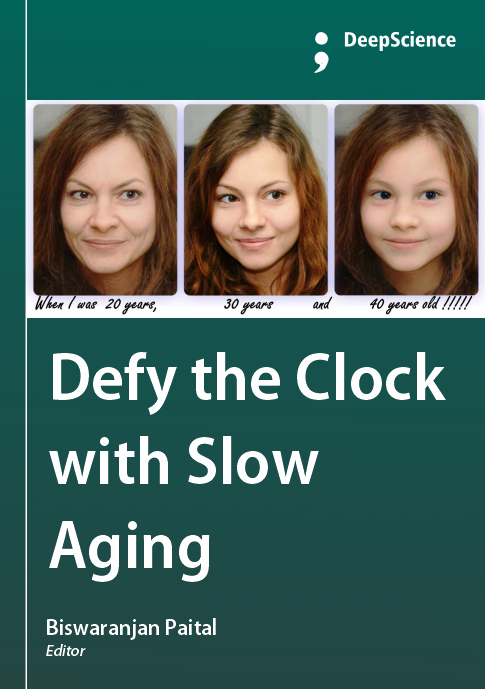Diagnosis of the aging process: Biomarkers, mechanisms, and multidisciplinary approaches for healthspan optimization
Synopsis
The diagnosis of the aging process involves identifying biological, physiological, and molecular indicators that reflect the progressive decline in an organism’s functional capacity. Traditional clinical markers, such as decreased muscle mass, reduced bone density, and cognitive impairment, are now complemented by molecular biomarkers, including DNA methylation patterns (epigenetic clocks), telomere length, mitochondrial function, and levels of inflammatory mediators. Advances in imaging techniques, blood-based biomarker profiling, and genetic analyses have enhanced the ability to assess biological age versus chronological age. Early and accurate diagnosis of the aging process enables better risk assessment for age-related diseases and provides opportunities for personalized interventions aimed at promoting healthy aging and extending healthspan.
Keywords: Age-related Disease Risk, Biological Aging Diagnosis, Biomarkers of Aging, Epigenetic Clock, Inflammatory Markers, Mitochondrial Function, Telomere Length.













